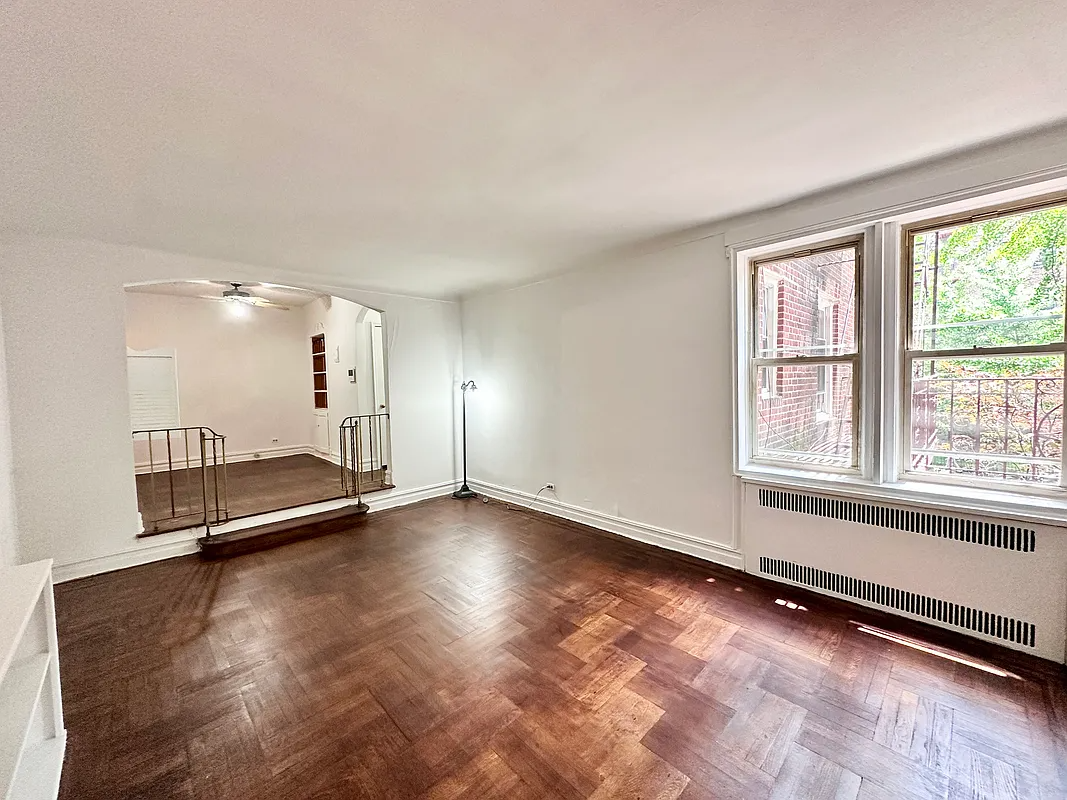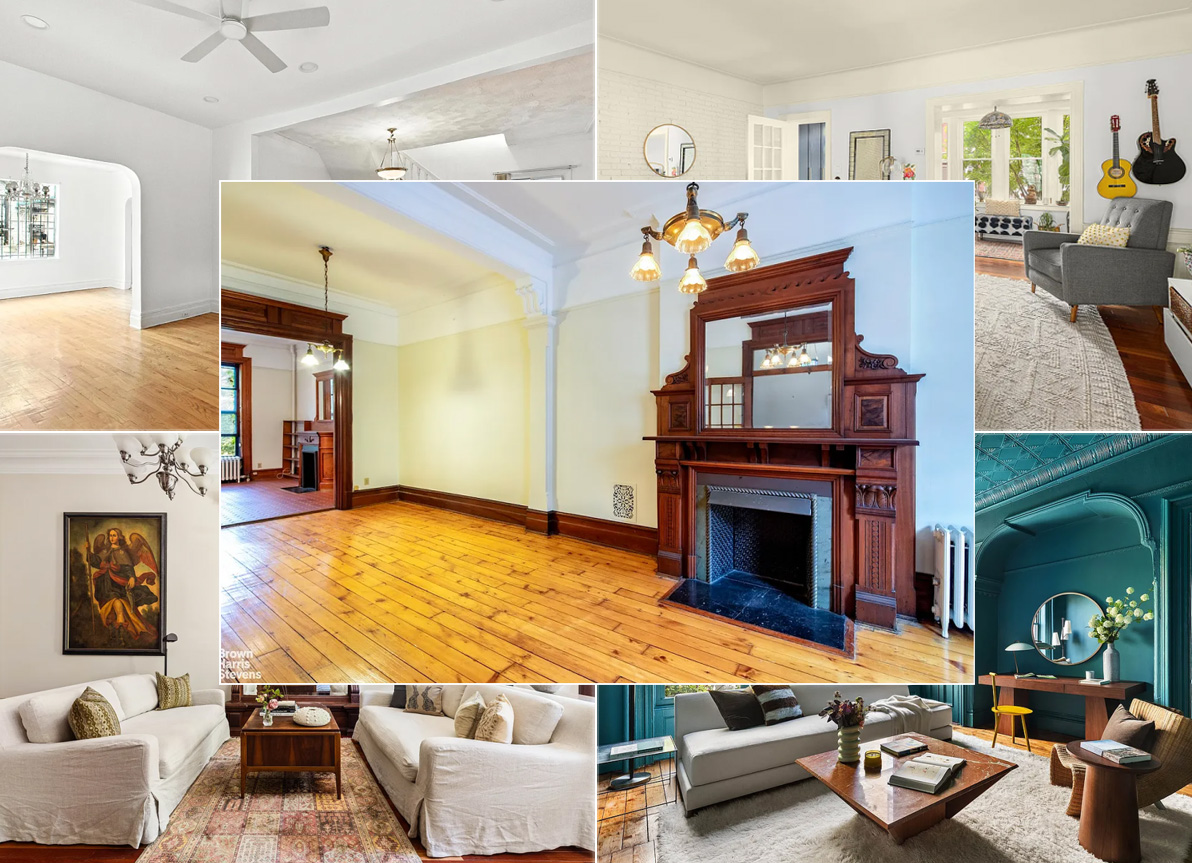Karl Fischer's Secret? He's Cheap, Fast and Connected
The Post has a profile on Karl Fischer as uglytecture auteur that notes he’s probably the city’s most prolific architect since Robert Scarano hung up his hat. The story quotes critics like Aleksandr Mergold, architect and professor at Cornell University, who says, in part, “That Cold War look seems to come from a lack of…


The Post has a profile on Karl Fischer as uglytecture auteur that notes he’s probably the city’s most prolific architect since Robert Scarano hung up his hat. The story quotes critics like Aleksandr Mergold, architect and professor at Cornell University, who says, in part, “That Cold War look seems to come from a lack of imagination. Great business model, though.” About that business model: Fischer says he’s gotten a lot of commissions from his connections with Hasidic communities, and the article says he got his first big project—converting Williamsburg’s Gretsch Factory—because he’s able to work quickly and cheaply. For his part, Fischer says he doesn’t think he has a discernible style. Julie Golia, public historian at the Brooklyn Historical Society, is quoted as saying that criticism about Fischer’s buildings have a lot to do with where many of them have gone up, such as the Willamsburg waterfront: “It speaks to the tension between architecture and the world around it…It’s connected to the mall-i-fication of certain areas. His work lacks a point of view.”
NY’s Most Loathed Architect [NY Post]





The building is fully finished on 3 sides but It would have taken alot more than 10% effort to get a developer to put money into a lot line wall that will likely be covered by future construction!!
Please sign in with reality before you post!
Oh give me a break – his buildings are attractive (unless you dont like modern) . Frankly I hardly understand why an architect like Fisher is reviled and another like Richard Meier is celebrated.
Pure pablum – If you have some problem then define it. I get you think its an ugly building – ok everyone is entitled to an opinion (- the above pictured building is actually fairly attractive ) but what is this other nonsense? “end useability” – for example. It doesnt mean anything with out concrete examples.
Here’s what I think – all your really upset about is that the building is so tall. Well I got news for you – thats not up to the architect – its a function of zoning and the developer.
“Even 10% more design effort would make a difference. ”
What does that even mean?